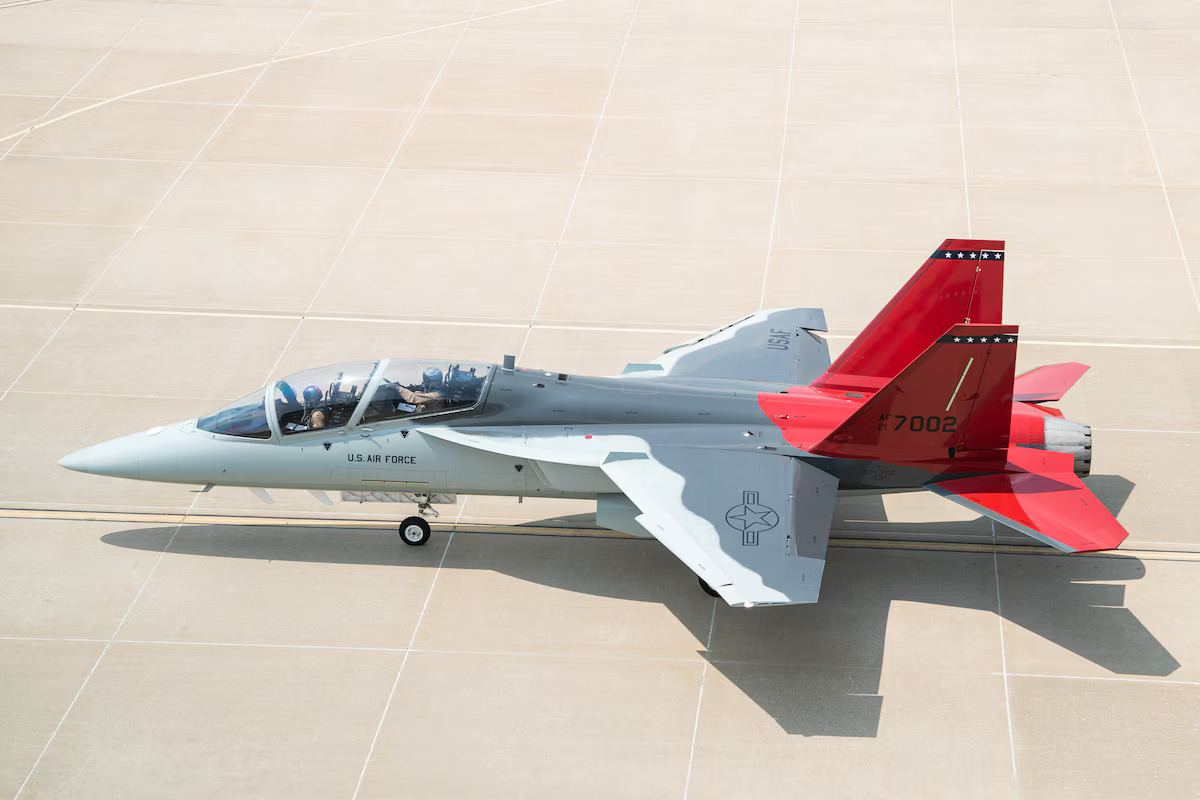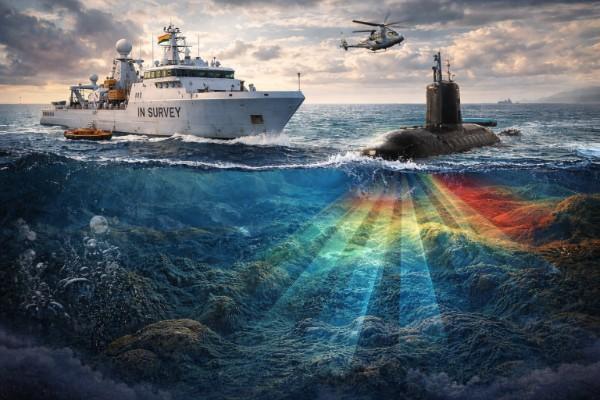Historically, in every major war certain weapon systems, whether machine gun, tanks, missiles, or aircraft, have earned symbolic value. These iconic systems often shape narratives, enter public consciousness, and become synonymous with the battles in which they were used. Several factors contribute to a weapon system achieving iconic status. Media coverage, backed by political support, plays a paramount role in this regard. Additionally, battlefield effectiveness further develops a system’s position in the narrative. The Russia-Ukraine war is no exception. As this ongoing conflict unfolds, numerous weapon systems have emerged as defining symbols of this war. These weapons have been used by Ukraine as well as Russia and each weapon system has gained popularity during a certain phase of war.
In the early days of Russia’s full-scale invasion of Ukraine, the Javelin Anti-Tank Guided Missile (ATGM) quickly emerged as a potent symbol of resistance. This U.S.-manufactured anti-tank weapon captured headlines for its effectiveness against Russian armored vehicles. Although other anti-tank systems, such as the NLAW and domestically produced Stugna-P were also very effective. But it’s the Javelin ATGM which became the centerpiece. It’s symbolic significance extended beyond the battlefield, inspiring cultural references like the “Saint Javelin” campaign, which highlighted its role in Ukraine’s defense narrative.
In the naval domain, the first weapon to gain limelight was Neptune anti-ship missile (AShM). The sinking of the Russian cruiser Moskva by Ukraine’s Neptune missile was a pivotal moment in the war. Before this conflict, the Neptune was relatively unknown outside defense circles. However, its sudden success came to the spotlight, demonstrating how a homegrown weapon system could achieve remarkable victories. Although Ukraine has used foreign anti-ship missiles successfully, e.g. Harpoon AShM to sink Russian vessels, but Neptune’s role in reshaping naval engagements in the Black Sea has secured its place in naval warfare history.
When dealing with unmanned systems, then Turkey’s Bayraktar TB2 combat drones gained prominence early in the conflict, particularly during Ukraine’s efforts to retake Snake Island. These drones provided striking visual evidence of their battlefield successes, sinking Russian vessels and targeting ground forces. As the Russian air-defenses and counter-strategies improved, TB02 loss rate increased correspondingly. But despite their high cost and diminishing battlefield relevance as the war evolved, the Bayraktar remains a potent symbol of modern drone warfare and its transformative impact on military strategy.
Among the most innovative weapons in this conflict are Ukraine’s unmanned surface vessels (USVs), commonly referred to as kamikaze sea drones. First revealed in August 2022, initially these drones grabbed no credible attention. However, these drones have proven their worth by granting Ukrainian navy the capability to target Russian ships and facilities with remarkable precision. Although multiple sea drone attacks have been thwarted by Russia, but these drones have compelled Russia to cease its open-sea operations and limit itself in save waters of Sevastopol. Till date, two corvettes and two landing-ships have been sunk by these suicide drone boats. These systems represent a significant shift in naval warfare, where smaller, cheaper, unmanned platforms challenge traditional naval dominance.
On the Russian side, the Iranian-designed Shahed suicide drone has become a prominent feature of the conflict since August 2022. Deployed extensively by Russia for strikes against Ukrainian infrastructure, the Shahed drones have proven both effective and controversial. These cheap and rudimentary drones have been used in large numbers to saturate Ukrainian defenses and strike targets located deep inside Ukrainian territory. Although the efficiency of these suicide drones has gradually reduced due to strengthening Ukrainian anti-drone defenses, but with incorporation of more technologies and innovation, the improved versions of drones are likely to sustain their position as a futuristic weapon of warfare.
Beside kamikaze drones and loitering munitions, if there is any other weapon system that stands out as the defining symbol of this war, it is the FPV (First Person View) drone. Unlike traditional military drones, FPV drones are small, agile, and remotely piloted using goggles, offering unparalleled precision in targeting. Both Ukrainian and Russian forces have employed these drones extensively for reconnaissance and strike missions. Considering the overwhelming military advantages associated with FPVs, its pre-determined that FPVs will continue to explore new frontier with advancements in technology.
The U.S. supplied High Mobility Artillery Rocket System (HIMARS) is perhaps the most widely recognized weapon of this conflict. Known for its precision and long-range capabilities, HIMARS became a focal point of discussions during second year of war. The enhanced firepower it granted to Ukraine in targeting Russian supply lines and command centers uplifted its status as an iconic weapon. At later stage, employment of 300kms ranged ATACMS short-range ballistic missiles from HIMARS launchers re-firmed its status as potent weapon which compelled Russia to withdraw its military assets from frontlines. Together with British-French air-launched Storm-Shadow cruise missile, ATACMS successfully engaged high-value Russian assets on Russian mainland. The use of both these long-range weapons essentially ignited a new phase of war, compelling Russia to resort to even high-end weapons.
Recently, Russia’s Oreshnik ballistic missile has gained fame as fearsome weapon. This hypersonic ballistic missile, equipped with multiple sub-munitions, has been used by Russia is response of Ukraine’s ATACMS and Storm-Shadow cruise missiles against targets located on Russian mainland. Oreshnik is also regarded as Russia’s response to U.S. unilateral withdrawal from Intermediate-Range Nuclear Force (INF) Treaty in August 2019. This missile is physical manifestation of Russian military doctrine of area-saturation. Oreshnik importance will likely to consolidate in future as this missile with capability to breach multi-layer missile systems, can potentially act as equalizer against NATO’s conventional superiority against Russia.
Despite their traditional importance in warfare, tanks, manned fighter aircraft, attack helicopters, self-propelled artillery, and air defense systems have not achieved the same iconic status in this conflict. Western-supplied tanks like the Leopard 2, M1A1 Abrams and Challenger 2, fighter aircrafts like F-16 Fighting Falcon and air-defense system like Patriot, have garnered attention, but their limited battlefield impact has prevented them from becoming symbols of the war.
Similarly, Russia’s efforts to field new weapon systems have largely fallen short. Despite deploying state of art weapons like T-90M tanks, Ka-52 attack helicopters, Su-35 Flanker fighter aircrafts, S-400 air-defense system, Pantisir-S1 short-range air-defense system, Iskandar missile system and Kinzhal hypersonic missile, all these weapon systems have failed to deliver decisive battlefield results or achieve widespread recognition. The Shahed drone and Oreshnik missile stand out as Russia’s most notable weapons in this war.
The Russia-Ukraine war has showcased a diverse array of new weapon systems, each contributing uniquely to the conflict’s dynamics. The battlefield success of these innovative systems suggests that these weapon systems will evolve, mature and proliferate, and will likely change the course of future warfare.

Table of Contents
ToggleAhmad Ibrahim
Author is Research Associate at Pakistan Navy War College, Lahore.














